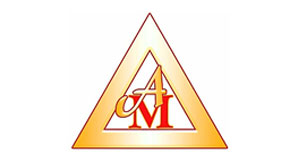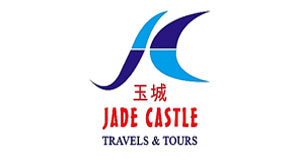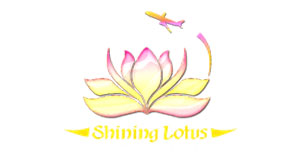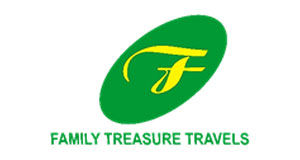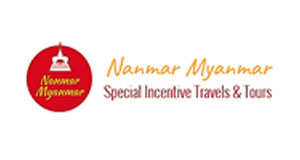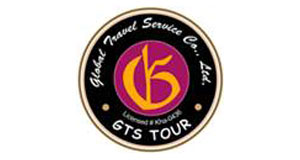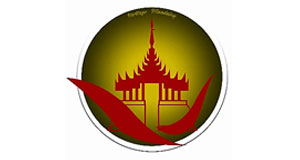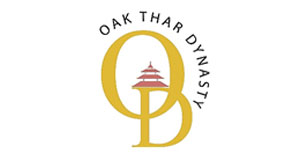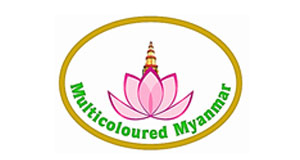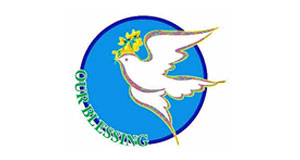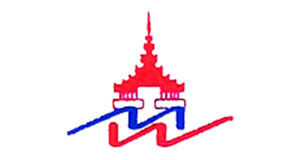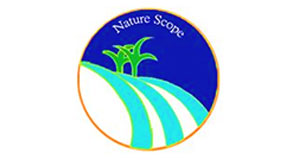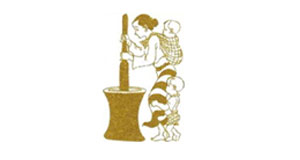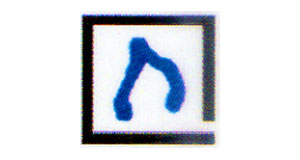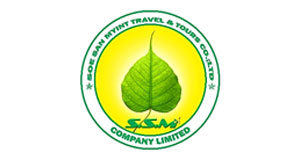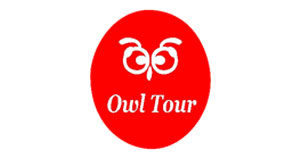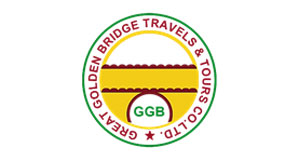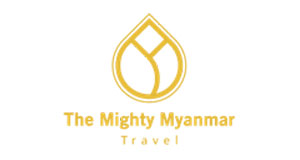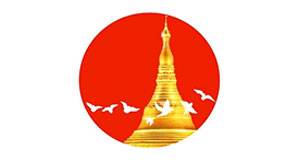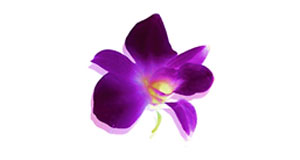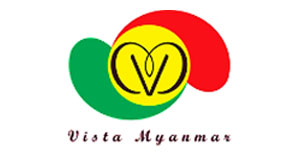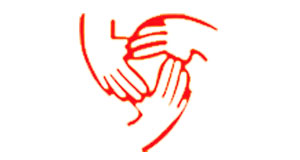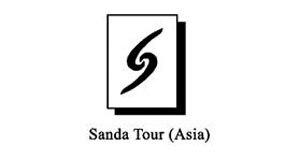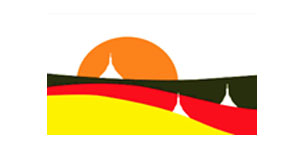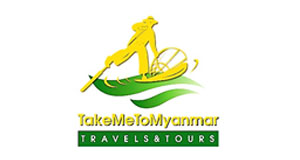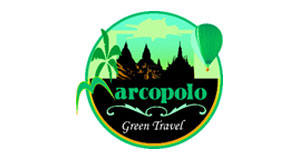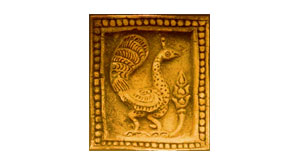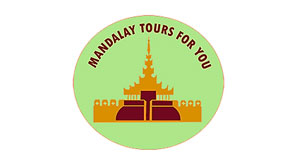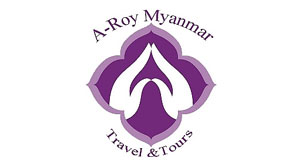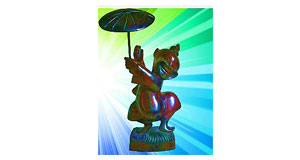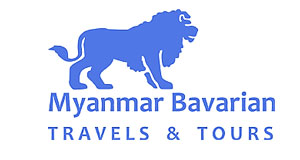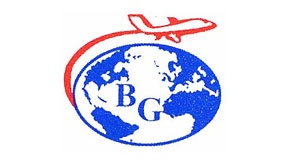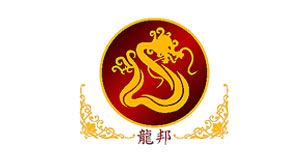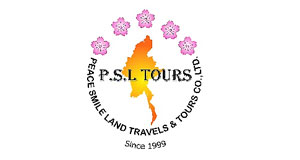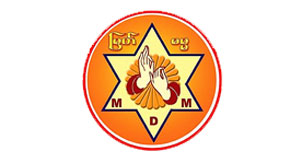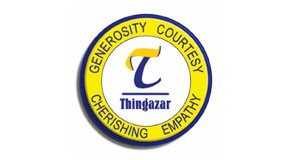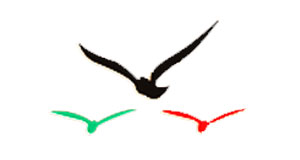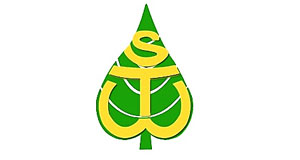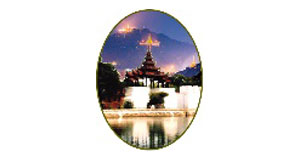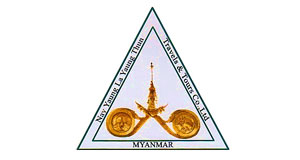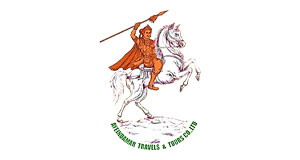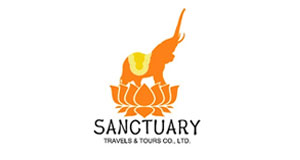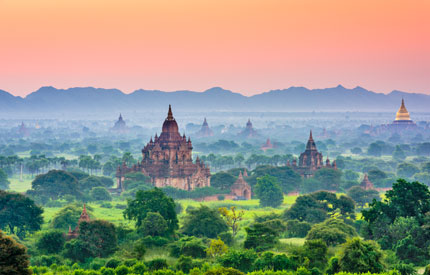 Bagan, which is known as the city of four million pagodas, is one of the richest archaeological sites in Asia and the main tourist destination in Myanmar. It was also capital of the First Myanmar Empire. This enchanting city is situated on the eastern bank of the Ayeyarwaddy River, about 193 km south of Mandalay. The ruins of Bagan City cover an area of 42 sq. km containing over 2000 edifices. The majority of these well-preserved temples and pagodas offer a rich architectural heritage from the 11th to 13th century era.
Bagan, which is known as the city of four million pagodas, is one of the richest archaeological sites in Asia and the main tourist destination in Myanmar. It was also capital of the First Myanmar Empire. This enchanting city is situated on the eastern bank of the Ayeyarwaddy River, about 193 km south of Mandalay. The ruins of Bagan City cover an area of 42 sq. km containing over 2000 edifices. The majority of these well-preserved temples and pagodas offer a rich architectural heritage from the 11th to 13th century era.
How to get there
It takes about one hour and twenty minutes to fly from Yangon to Bagan. There are daily flights to Bagan from Yangon, and regular flights from Mandalay, which take only 20 minutes. By overland, it takes 12 hours from Yangon and 7 hours from Mandalay by Coach. There is a regular train between Bagan and Mandalay too. The newly constructed railway between Mandalay and Bagan was unveiled in September, 1996. Express trains from Yangon to Mandalay stop at Thazi, from where it is accessible to Bagan by a 3-hour drive. There is also a double-decker steamer service between Mandalay and Bagan and the cruises " the Road to Mandalay" operated by E & O Express, RV Pandaw, and Irrawaddy Princess.
What to see
Ananda Temple
Completed in 1090, Ananda Temple is King Kyansittha's masterpiece and crowning achievement of the early style temple architecture. The structural layout plan is that of a perfect Greek cross with four huge Buddha images in standing position, facing in four different directions, and a series of eighty relieves depicting the early stages of the Buddha's life from the Birth to His Enlightenment.
Thatbyinnyu Temple
Over 66 meters high, and built by King Alaungsithu in the middle of the 12th century, this white stucco building overtops all other monuments as the highest pagoda on the Bagan plain.
Shwegugyi Temple
Standing on the high brick plinth, this temple was built by King Alaungsithu in 1131 AD. The arch pediments, pilasters, plinth and cornice molding are decorated with fine stucco carvings, evident of Myanmar architecture of the early 12th Century.
Gawdawpalin Temple
This temple was built by King Narapatisithu during the 12th century. It is about 60 meters high with a fine view over the ruins of the Bagan plains and the mighty Ayeyarwaddy River.
Gubyaukgyi Temple (Wetkyi-In)
It is a 13th century temple with a spire resembling the Mahabodhi Temple at Bodh Gaya in India. This temple is known for its wall paintings depicting scenes from the Jatakas (life stories of the Buddha).
Htilominlo Temple
Built in 1211 AD by King Nadaungmya, the Htilominlo is one of the largest temples of Bagan. It is a double-storied structure rising 50 meters in height. This temple is noted for its fine plaster carvings on the arch pediments, frieze and pilaster.
Shwezigon Pagoda
It was first built by King Anawrahta, the founder of the First Myanmar Empire, and completed by King Kyansittha in 1084. Shwezigon Pagoda is the prototype for succeeding generations of pagodas in Myanmar. There are green glazed plaques depicting scenes from the Jatakas. The pagoda festival is held from late October till early November.
Bupaya Pagoda
Standing on the brink of the Ayeyarwaddy River, the Bupaya Pagoda is a conspicuous landmark for travelers along the river. This pagoda with bulbous dome resembling the ''Bu'' or gourd is a favorite spot for visitors to watch the sunset.
Archaeological Museum
bagan09The museum run by Archaeological Department is situated near the Gawdawpalin Temple. It has a collection of more than 2,000 items including Buddha statues, stucco pieces, terra-cotta cups and pots. Open daily except Monday and public holidays.
Mingalazedi Pagoda
The last pagoda of the Bagan dynasty built by King Narathihapatae (1256-1287). Started building in 1268, and before it was finished, a prophecy arose that "once the pagoda is finished, the Kingdom would be destroyed". The King thus stopped the works for 6 years. He resumed works in 1274. Ten years later, he had to run away from Bagan to escape the invading Mongols.
Nanpaya and Manuha Temple
Built by Mon King Manuha of Thaton, who was a prisoner of war by King Anawrahta. Some say King Manuha used Nanpaya as his residence during his years of exile in Bagan. The quality of masonry in both of these temples is very fine. The finest feature of the whole temple is the stone relief carvings of the Hindu deity Bhrama in Nanpaya.
Shopping
Masterpieces of lacquerware have been the pride of Bagan since the days of the Bagan Empire. It is still the main industry of Bagan today and you can observe the making process of lacquerware from the beginning to the finished products ready for sale at the shops. Lacquerware like bowls, boxes, trays and paintings are the best souvenirs of Bagan.
Environs
Pakokku
Pakokku is a typical upper Burmese market town. With the large and bustling market, a cigar factory and hand weaving workshop. You can make a tour by local bus which is a fun way of seeing the real life of this busy place and then travel outside the town to the little know archaeological site of Pakhangyi. We see the walls, visit the museum and a spectacular 19th century wood carved monastery.
Yandabo Village
This is a rarely visited small village with no road access to the world. Dependant on the riverine economy this village is famous for the production of terracotta pottery made from river bank mud. We see the pottery making process at various stages. Yandabo is famous in Burmese history as the place where the Treaty of Yandabo was signed in 1855 between the Burmese king and the British. It is now a center of pot productio
Mount Popa
Mount Popa, 1,500 meters high, rising out of the plain, is an extinct volcano located about 67km southeast of Bagan. It is generally known as the abode of legendary Nats or Spirit gods, for which the annual festival is held during the Myanmar month of Nayon (May-June).
Salay (Salei)
A town in Magwe Division in Central Myanmar, lying on the east bank of the Ayeyaerwaddy River is famous for three things; first it is the birthplace of a reputed Myanmar playwright named U Ponnya of the late Konbaung Period; secondly the plums of Salei which are seedless and of good quality and thirdly there is the largest Buddha Image of Laquered wicker work in Myanmar. The 18-foot high image is now entirely gilt and its headband is adorned with glass mosaic, it bears the appearance of a solid metallic work though two or three persons can effortlessly lift it up.





















